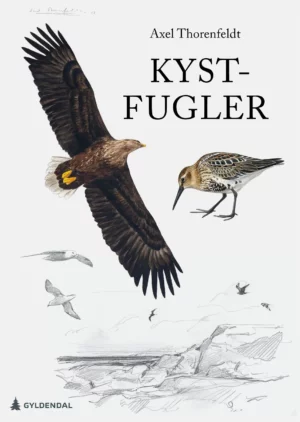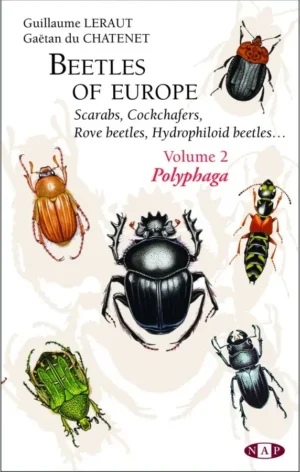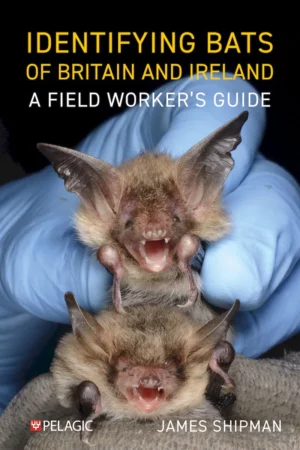- Innovative techniques for filming wildlife day or night.
- Create high quality wildlife videos with affordable equipment.
- Contains links to interactive material and useful online videos.
Only a small proportion of our most interesting wildlife is observed by naturalists. This book describes how, with the use of well-developed and reliable technology, animals can be filmed in a non-intrusive way without disturbing behaviour. Step-by-step, clearly illustrated details lead the reader past technical challenges and allow many new insights.
From bats to badgers, from hedgehogs to deer, whether by night or in the daytime, remote cameras adapted from security systems provide an ideal way to record and monitor behaviour over long periods. At a time when much of our wildlife is fast disappearing from the landscape, the need for more knowledge is especially important. Divided into sections covering different approaches and species groups, this guide offers a variety of unique and valuable tools to aid greater understanding. It will be helpful for anyone who wants to harness the power of technology to increase their understanding of wildlife, from the professional ecologist to the amateur field naturalist or keen wildlife gardener.












